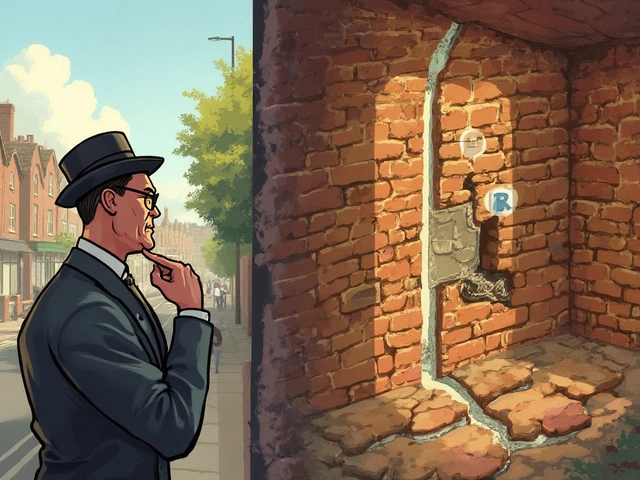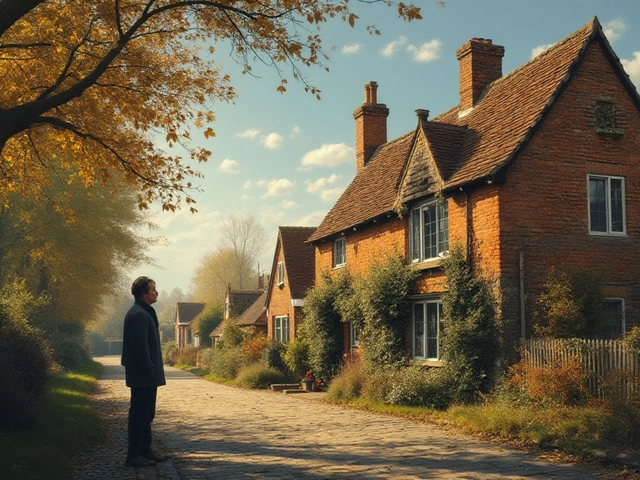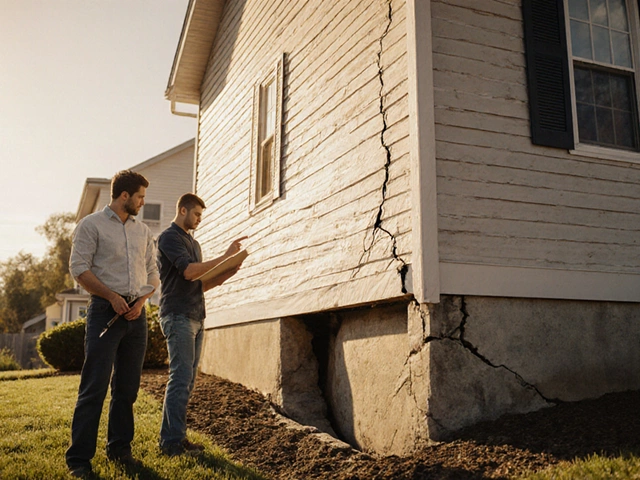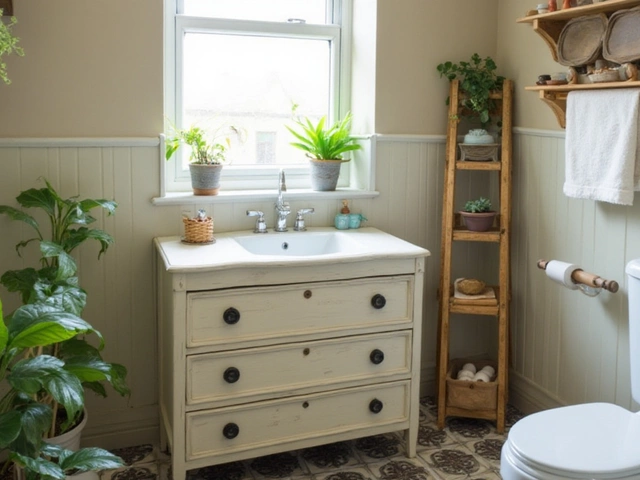Coverage in Construction: What It Means and Why It Matters
When you hear the word "coverage" in a building project, it can refer to a lot of things. Most people think about roof coverage first, but it also includes how well a foundation is protected and how much material you have on hand. Understanding each type helps you avoid costly surprises and keeps your build on track.
Roof coverage – keeping the house dry
Roof coverage is the layer that stops rain, snow and wind from getting inside. The right material—shingles, tiles or metal—depends on climate, budget and style. A good roof also needs proper under‑layment, flashing and ventilation. Skipping any of these steps can lead to leaks, mold and higher repair costs later.
When you compare options, ask yourself:
- How well does the material resist water in my area?
- Is the warranty long enough for the expected lifespan?
- Will the roof handle the weight of snow or heavy rain?
Choosing a supplier that offers reliable delivery and on‑site support, like Lime Hillock Construction Material Resources, can make the whole process smoother.
Foundation coverage – protecting the base of your home
Foundation coverage isn’t about a physical layer; it’s about how you shield the concrete or stone from moisture and soil movement. Typical methods include waterproof membranes, drainage systems and proper grading around the house. If water piles up near the footing, it can cause cracks, mold and even structural failure.
Key steps to get solid foundation coverage:
- Install a high‑quality waterproof membrane before the concrete pours.
- Set up a French drain or similar system to carry water away.
- Make sure the soil slopes away at least six inches in the first ten feet.
Working with a quarry that supplies consistent limestone aggregates can improve concrete strength and drainage, reducing the risk of future problems.
Overall, good coverage means you’re thinking ahead—protecting the roof, the foundation and the materials that hold everything together. When each part is covered properly, the whole building stays safer, lasts longer and saves you money in the long run.
Understanding Commercial Construction Coverage
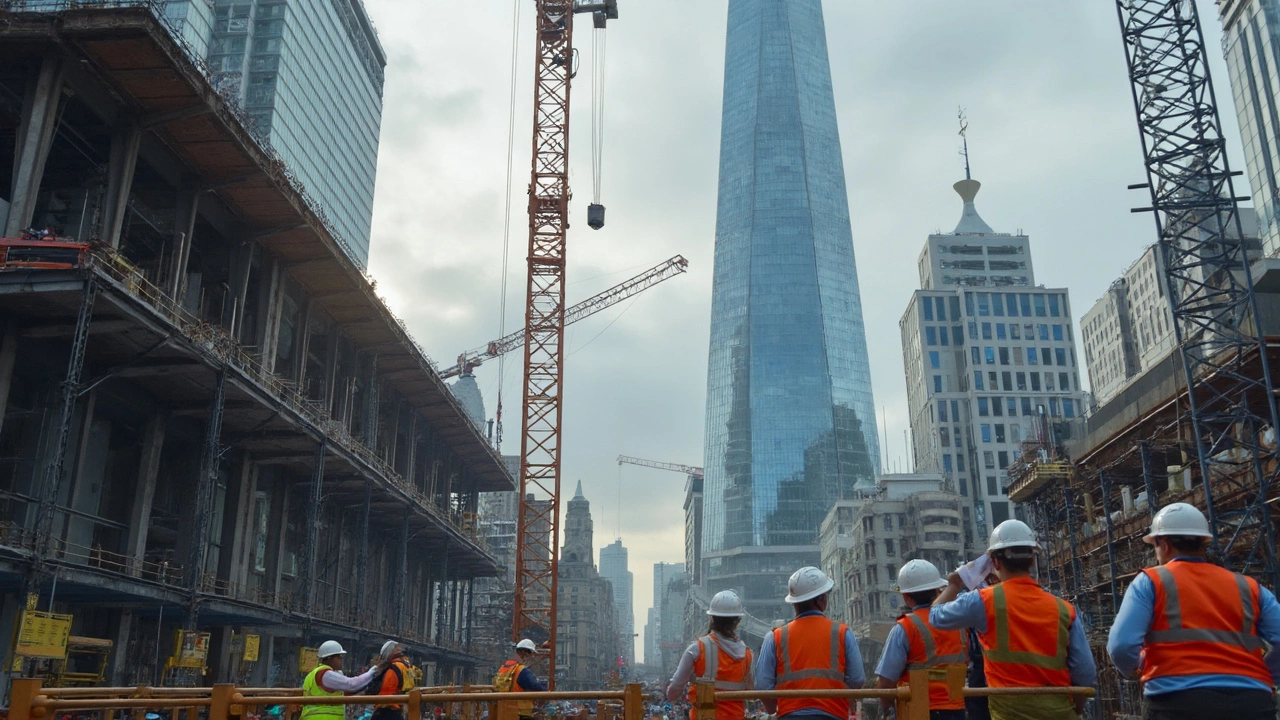
Commercial construction involves more than just putting up a building; it includes a variety of legal, financial, and safety considerations. Understanding what's covered under commercial construction is crucial for developers, contractors, and investors. This article breaks down the key elements of commercial construction coverage, from property protection to liability insurance. We also share tips to ensure you have comprehensive coverage for your next project.
read more